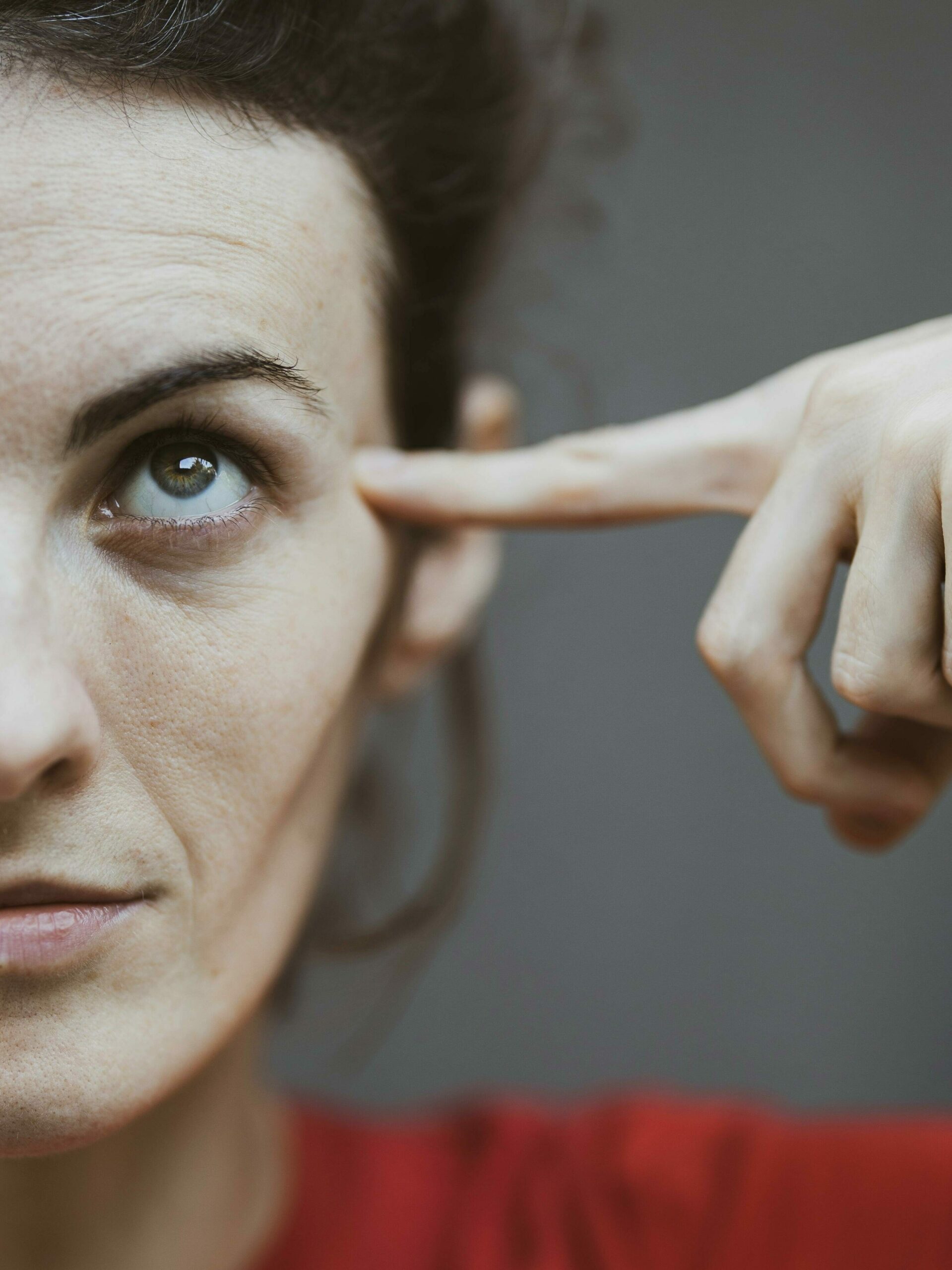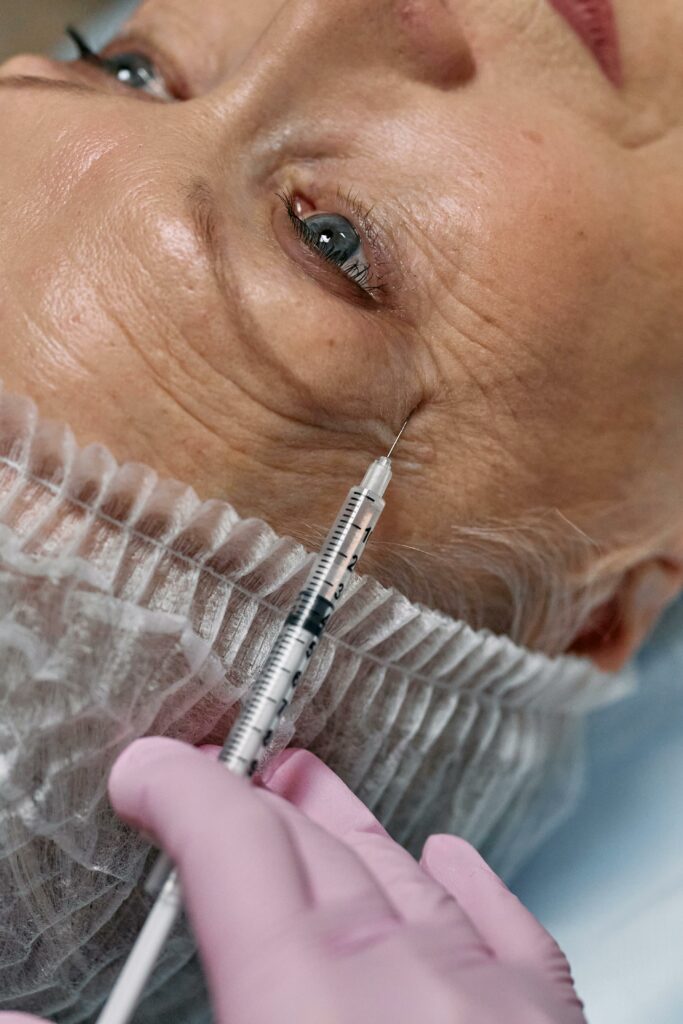
Fillers are a household name in the medspa world and it’s no secret the immense popularity some treatment areas have. Lips have had a long stride as one of the most requested areas to treat with filler as well as cheeks, chin and jawline. As the trend shifts from “go big or go home” to a more minimalistic approach, overfilling areas like lips and cheeks are quickly going out of style. A treatment area that’s becoming more and more popular is an area usually suggested by the injector vs by the client. Temple Fillers!
As we age temples can start to have a hollowed appearance and make the face look ‘skeletor’. This look can be edgy and exotic looking in youth. Models tend to do well with this look as it creates dimension. But as we age, fat is reduced, redistributed and bone goes through resorption. These changes become the tell-tale signs of aging.
Treating the cheeks with filler can also heighten the hollowed appearance of the temples. By projecting the cheekbones, both the temples and lower face appear concave in its vicinity. Often times treating both the temples and cheeks make for a well rounded look.
Benefits Of Temple Filler
- Temple filler brings a more youthful fullness to the upper portion of the face.
- Younger people generally tend to have fuller temples.
- Temple filler can also help lift the brows by adding more volume to lift and smooth out the skin.
- Hyaluronic acid which is a natural moisturizing element found in our skin, eyes and joints, is the main component in most fillers. This can help moisturize the temple area, further aiding in a more youthful appearance.

Methods To Treat Temples
Needle stick: Use 27 G ½” needle to periosteum (longer needle if temples are deeper)
Product: Voluma is a Juvederm filler that is beautiful and natural looking in the temples. It is a thicker filler and meant to project in deep in the cheekbones and jawline. My preferred method is a 1:1 mix ratio of 1ml voluma and 1 ml normal saline (some do a higher dilution or no dilution at all). Product is then injected deep into the temples onto the periosteum. Being well versed in the anatomy and checking for pulsing is key in this area as injection into artery can lead to blindness.
Cannula: Use 25 G 1 ½” cannula to inject filler superficially. In this case I like to use RHA redensity as this is a very thin filler that blends in and massages well into the skin. The risk with superficial cannula injections is, because lidocaine tends to be mixed in filler and can have vasodilating effects, the veins temporarily appear more accentuated. The swelling and manipulation in the tissue can also contribute to that. Another risk is, because of the superficial injection, one may notice bumps or unevenness immediately post treatment or during the healing process. Usually this is due to swelling especially during the healing process but once 2 weeks hits, the product usually has integrated with natural tissue for a seamless look. To help it along, after a few days you can massage the bumps or head back to the office to have a professional massage.
Try Temple Fillers
- A good candidate has hollowing in the temples significant enough to notice.
- Possibly this hollowness is also visibly causing brow or lid droop.
- Cheekbones may be projected in a way that causes a hollowed appearance in the temples
So the next time you’re in need of a filler spruce up, it’s possible you may benefit from some projection in the temples! You’d be surprised the random areas you can treat with filler that can knock a few years off the face. Make sure to speak with your injector for honest advice as, if you don’t have much hollowing it’s not a noticeable area to treat like the lips that will make a difference either way. Be smart about where you place your filler!
Also Read: Tips For The Lips: Injector’s Advice On Lip Fillers





You must be logged in to post a comment.